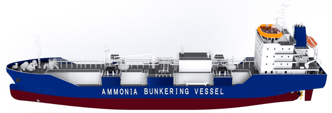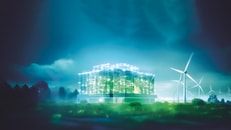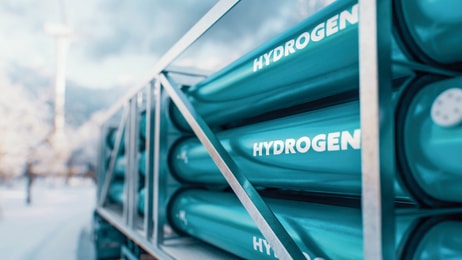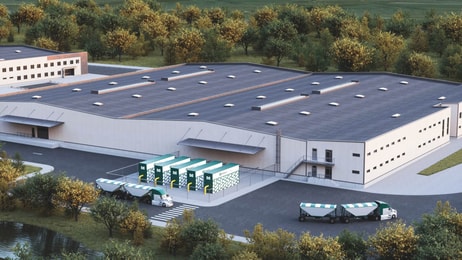LED Lighting Industry Growth Drives Increasing Hydrogen Demand
The light emitting diodes (LED) industry continues to make great technological advances that will speed the replacement of conventional incandescent and fluorescent bulbs. This rapid growth will require increasing volumes of high purity hydrogen used in the production process of these small LEDs.
LEDs are now accepted as a superior lighting product with greatly improved energy efficiency and longer lifetimes compared to other lighting sources. LEDs in the US lighting market will grow to 36 percent share in 2020 and 74 percent in 2030, a US Department of Energy report forecast last year. The conversion to LEDs will contribute $30 billion in annual energy savings by 2030.
The growth is driven by a number of factors. Developed countries are banning incandescent light bulbs because they are inefficient and contribute to global warming. The United States banned 100 watt and 75 watt incandescent light bulbs in October 2012, with 60 watt bulbs expected to be banned in the near future. Cree, a large US-based manufacturer of LEDs recently introduced a $10 bulb to replace 40 watt incandescent bulbs. This represents a new low price and it is expected to finally push homeowners to install them. Mobile applications including mobile phones, notebooks, tablets, and portable DVD players, make up the largest LED segment. Other applications include LED signs, automotive lighting, and televisions.
This growing demand for LEDs will require larger volumes of hydrogen to supply the tools used to manufacture these LED chips on semiconductor wafers. Each manufacturing tool uses up to 300 slpm (standard liter per minute) of hydrogen, and the largest LED fabs can use 50–100 of these MOCVD process tools. These high volumes of hydrogen can be supplied as either a compressed or liquefied gas delivered via truck. The primary source is typically via electrolysis or steam methane reformation processes. The gas purity varies depending on the region and raw material source. LED production fabs require a stable supply of high purity hydrogen around-the-clock, so they must have contingency plans for backup sources.
... to continue reading you must be subscribed





















